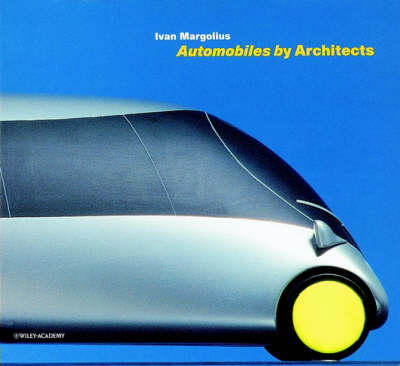It may seem extraordinary that architects - designers of stationary objects - should concern themselves with automobile design; but the automobile has long touched architects' imaginations, appearing to them as a house on wheels, as mobile accommodation. When the motor-driven vehicle was invented, architects recognised that its image, form and function would affect the quality of people's lives and their surroundings, and that to propose an automobile was a way to perfect the synthesis of art, design and the latest technology. A number of well-known architects liked to pair the architecture of their houses with their favourite automobiles in order to illustrate the close functional and aesthetic relationship between them. Some believed that their cars had to 'look becoming to' their architecture, and included automobiles in perspective views and photographs of their completed buildings, the result being a harmonising composition of the two elements that stressed their close affinity.
The celebrated 'Ten Automobiles' exhibition at the Museum of Modern Art, New York in 1953, with its proclamation that 'automobiles are twentieth-century artefacts', brought into focus the automobile as an influential design object. Architects realised the importance of the automobile as anicon of an era and sought not only to design motorcars but to apply the principles of automotive technology and design to their architecture. This book explores automotive design by leading architects such as Frank Lloyd Wright, Le Corbusier, Walter Gropius, Marcel Breuer, Adolf Loos, Richard Buckminster Fuller, Gio Ponti, Carlo Mollino, Norman Foster, Jan Kaplicky and others and its influence on their architecture.
- ISBN10 047160786X
- ISBN13 9780471607861
- Publish Date 28 February 2000
- Publish Status Out of Print
- Out of Print 18 February 2022
- Publish Country GB
- Publisher John Wiley and Sons Ltd
- Imprint Wiley-Academy
- Format Paperback
- Pages 160
- Language English
